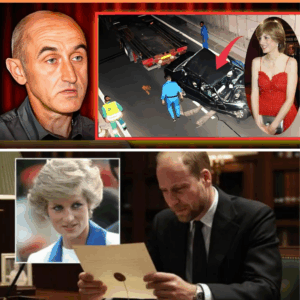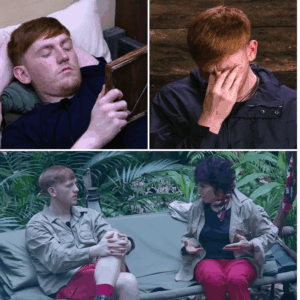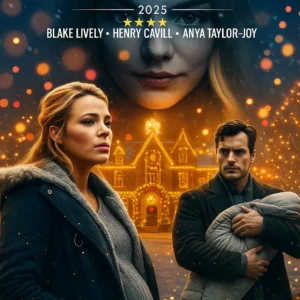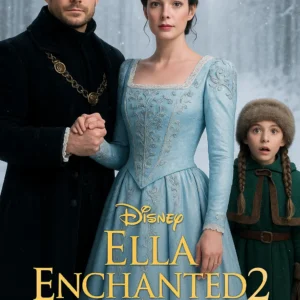
In the ever-blurring lines between reality and digital wizardry, a single AI-generated video has ignited the internet like a repulsor blast from Tony Stark’s suit. On October 9, 2025, an Indian content creator, known online as @Prashant_1722, unleashed a masterpiece using xAI’s latest tool, Grok Imagine 0.9. What started as a playful experiment has now captivated millions, drawing a rare and approving nod from none other than Elon Musk himself. This isn’t just a viral clip; it’s a glimpse into a future where AI doesn’t just mimic Hollywood— it redefines it.
Picture this: the sun-baked sands of a desolate desert, the hum of high-tech weaponry, and a charismatic figure stepping forward to declare his vision for the world. In the 2008 blockbuster Iron Man, that figure was Robert Downey Jr.’s Tony Stark, unveiling the Jericho missile in a scene that’s become cinematic legend. Fast-forward to today, and Prashant has recast the role with Elon Musk as the star. Donning Stark’s signature shades and a sleek black suit, a hyper-realistic Musk-lookalike strides into frame, his voice booming with adapted flair: “Is it better to be feared or respected? I say, is it too much to ask for both?” But here’s the twist— the monologue pivots from weapons of war to the supremacy of artificial intelligence, proclaiming Grok as the ultimate force in a world craving innovation.
Prashant, a tech enthusiast from India with a knack for blending creativity and code, didn’t hold back in his praise when sharing the video on X. “Grok Imagine 0.9 makes movie-making a breeze,” he captioned the post. “Reimagined this iconic Iron Man scene. YOU CAN’T WATCH JUST ONCE. I am blown away by the visual quality, motion, and audio generation capabilities of the latest model by xAI. It is an incredible model.” Clocking in at just under 30 seconds, the clip is a technical marvel: fluid animations that capture Musk’s trademark smirk, synchronized lip movements that sync perfectly with the dubbed audio, and environmental details so sharp they rival big-budget effects. The desert wind tousles the digital Musk’s hair; explosions ripple with convincing physics; even the subtle gleam on his sunglasses feels alive.
What elevates this from fan art to phenomenon? Elon Musk’s response. The CEO of Tesla, SpaceX, and xAI— a man who once cameo’d in Iron Man 2 alongside Downey— reposted the video with a simple, five-word verdict: “Not bad for Grok Imagine version 0.9.” Coming from Musk, whose feeds are flooded with memes, prototypes, and provocations, this is high praise. It’s the equivalent of Tony Stark himself giving a thumbs-up to a homemade arc reactor. Within hours, the post racked up over a million views, thousands of likes, and a torrent of replies that turned X into a digital debate club. Fans hailed it as “text-to-Hollywood magic,” while skeptics pondered the ethical edges of AI deepfakes.
This moment isn’t isolated; it’s the latest chapter in Grok’s meteoric rise. Launched by xAI earlier in 2025, Grok Imagine started as a text-to-image generator, evolving rapidly into a video powerhouse. Version 0.9, unveiled just days before Prashant’s creation, promises faster rendering— churning out 5-second clips in seconds— and smarter realism, thanks to advancements in the Aurora engine. Musk has been vocal about its potential, tweeting earlier this year that it’s a “meme motherlode” capable of turning childhood doodles into animated shorts or historical photos into lifelike motion. Remember the clip of a 3-year-old Musk devouring ice cream, revived from a 50-year-old snapshot? Or the whimsical animation of his son Strider’s Mars-bound starship drawing, brought to life by Neuralink executive Shivon Zilis? Grok Imagine has already democratized storytelling, letting anyone— from parents preserving family memories to creators like Prashant— wield tools once reserved for studios.
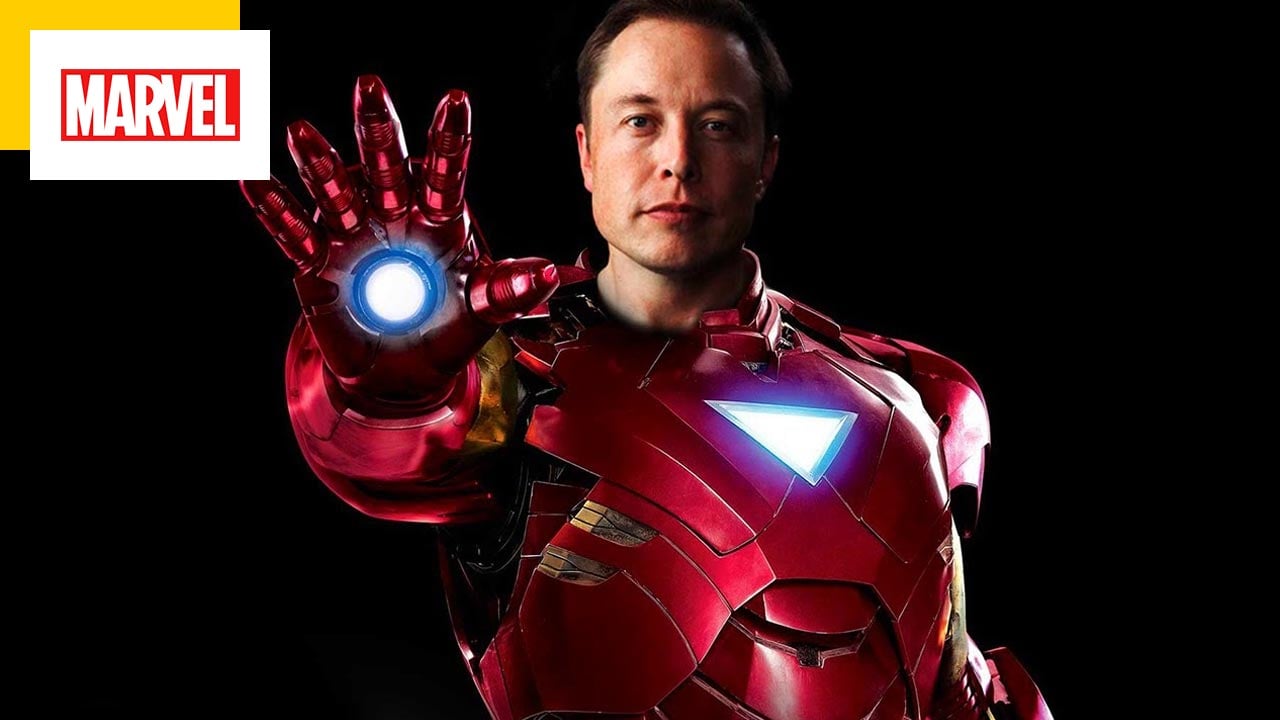
For Prashant, the journey to this viral hit was serendipitous. Based in India, where tech innovation thrives amid a booming creator economy, he discovered Grok Imagine through xAI’s free tier for SuperGrok and Premium+ subscribers. “I wanted to test the limits,” he shared in follow-up posts, explaining how a simple prompt— “Elon Musk as Tony Stark in the Jericho demo, but promoting AI”— snowballed into hours of tweaking for perfection. The result? A video so seamless that viewers double-take, convinced it’s a lost Marvel outtake. It’s no wonder Musk amplified it; after all, the tech billionaire has long drawn parallels between himself and Stark. From building electric cars that echo the Iron Man suit to launching rockets that pierce the atmosphere like missiles, Musk’s life reads like a superhero origin story. His 2010 cameo in Iron Man 2, chatting up Downey over drinks, was a meta nod to these inspirations. Now, with Grok, that fiction bleeds into fact.
The ripple effects are profound. On X, reactions poured in like confetti from a Stark gala. “If this is 0.9, version 1.0 will direct the Avengers,” quipped one user. Another mused, “Your greatest achievement for humanity may be putting Hollywood out to pasture.” Filmmakers chimed in with awe— and a touch of envy— as indie directors experimented with Grok to storyboard shorts. In India, where Bollywood meets Silicon Valley in the minds of young creators, Prashant’s feat has inspired a wave of local tributes: AI remakes of RRR fight scenes, animated takes on 3 Idiots, all powered by Grok. It’s a testament to AI’s borderless appeal, turning a tool from a California startup into a global canvas.
Yet, beneath the excitement lurks bigger questions. As Grok Imagine blurs the line between creator and creation, what happens to authenticity in entertainment? Musk’s vision for xAI is unapologetically ambitious: an AI that’s “maximally truth-seeking” and free from the “woke mind virus” he critiques in legacy media. Grok, with its sarcastic wit and unfiltered edge, embodies this ethos. But critics worry about misuse— deepfakes spreading misinformation or displacing artists. Prashant’s video, harmless and homage-filled, sidesteps these pitfalls by celebrating its source: “Powered by Grok,” stamped proudly at the end. Musk’s endorsement? It signals confidence in safeguards, like watermarks and prompt filters, ensuring fun doesn’t veer into fabrication.
For Elon Musk, this is more than a flattering fan vid; it’s validation of his bet on AI as humanity’s next frontier. Amid Tesla’s autonomous drives, SpaceX’s Starship tests, and Neuralink’s brain chips, xAI remains his passion project— a counter to OpenAI’s dominance, infused with humor and humility. “Grok Imagine isn’t just generating videos,” Musk tweeted post-launch. “It’s imagining futures.” Prashant’s clip embodies that: a future where an Indian innovator recasts a South African-born mogul as an American icon, all through lines of code.
As the video loops endlessly on screens worldwide, one thing is clear: Elon Musk isn’t just reacting to being turned into Tony Stark. He’s reveling in it. In a world starved for wonder, this AI alchemy reminds us that the real superpowers— ingenuity, curiosity, connection— don’t need suits or suits of armor. They need sparks like Prashant’s, amplified by tools like Grok. And if version 1.0 delivers on the hype? Hollywood might need to suit up for the competition.
What started in a Mumbai apartment has echoed to Mars-bound dreams. Elon as Iron Man? Not bad indeed. But the true genius? It’s in proving that anyone, anywhere, can suit up and steal the show.
